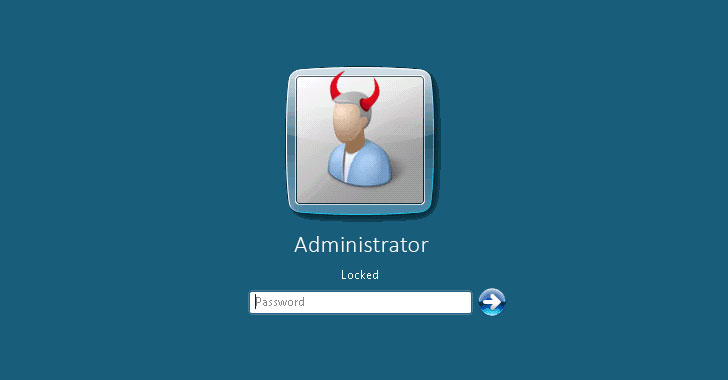In the midst of economic uncertainty or modest revenue gains, strategic methods of savings are important to leaders. The CIO is put in a position to review IT costs and cut expenses while keeping the business operational and transparent with improved tracking. Cloud computing is the phenomenon that is shifting organizations from developing, servicing and supporting business functional systems to analyzing, developing, and allowing externally hosted solutions. Why is the shift to cloud computing moving swiftly? It is a viable option that can “rain” savings and provide the most value to any organization.
Cloud computing is the latest trend in total cost-of-ownership (TCO) evaluation because it streamlines software, hardware, and/or development to an off-site location hosted by reputable vendors. The services offered by reputable vendors like Oracle, Google, Salesforce.com, Amazon, Microsoft, and SUN (soon to be Oracle with the proposed acquisition) fall into one of three categories: software-as-a-service provider; infrastructure-as-a-service provider (offering Web-based access to storage and computing power); and platform-as-a-service providers (giving developers tools to build and host Web applications). Although security remains the dominant concern of leaders not moving in the cloud trends, there are three reasons why major financial, healthcare, pharmaceutical, consumer goods, security, and not-for-profit, and government institutions are investing in cloud computing to thwart declines in their bottom line.
1. Infrastructure costs decrease substantially.
Cloud computing reduces the need for server set-up and administration, virtualization, load-balancing, clustering, database administration and maintenance of all infrastructure. When software and infrastructure are hosted elsewhere, there is no need for an in-house data center and the costs associated to it. The costs are included in the per month/per pricing model along with any annual maintenance costs. Additionally there is no need to set up multiple environments to migrate an application from development to production. The need for set up of development, system test, training, pre-production, and production environments goes away. While memory can be purchased very cheaply, the extensive horsepower servers are costly along with the related labor to build and maintain them.
2. Modern standard development on open platforms allow for quicker exits from legacy systems.
Software-as-a-Service and Platform-as-a-Service providers have opened the door to creating “applications” with complete functionality that can be expanded with the use of commonly used standard development languages and practices. For instance, Salesforce.com has a powerful, robust, user-friendly CRM hosted solution that includes tremendous functionality but it offers developers to use its Force.com platform to create applications to extend its functionality. The Force.com platform allows developers with .NET and JAVA, SOAP, and SQL (referred to as SOQL) skills to keep their programming skills and develop new functions quickly. This makes it possible to quickly put a new solution in the hands of the business users and mix and match development practices on the platform to introduce more functionality gradually to eventually remove costly legacy systems.
3. Data Center overhead can be reduced drastically.
Cloud computing offers the best, high-performance, reliable SLAs in the land from these top vendors. Their guaranteed availability is the highest among any standards and probably better than any data center in an organization can handle. These vendors have mastered building state-of-the-art data centers that can handle downtimes for almost any type of catastrophe. If you evaluate the costs of all the server administrators, server architects, server support, and database maintenance salaries with related healthcare, vacation, sick-time, and paid-leaves of absences, there is bound to be a realized savings. The total cost of ownership of the cloud computing investment most likely is less than keeping the internal data center and processes required to sustain it.
Cloud computing has made an impact because of its lower total cost of ownership and its proven sustainability in major organizations that require crucial business operations to be available around the clock. Yes there will always be the hesitance for being on the cutting edge of technology but the time is nigh. Don’t miss the opportunity to benefit from the “cloudy” times that rain savings. It could be the sunshine for your future.
Temeko Richardson















